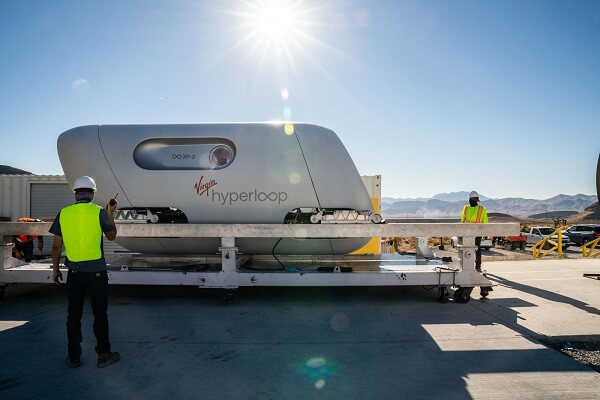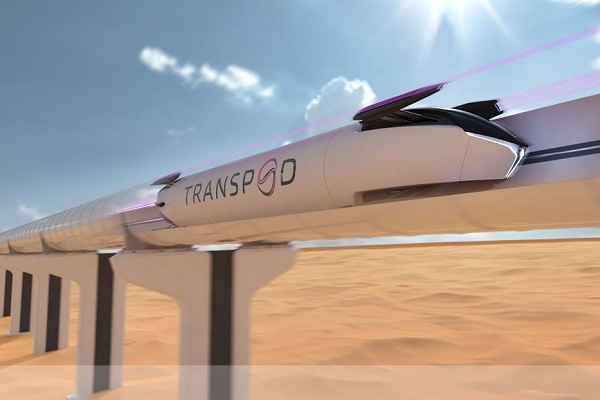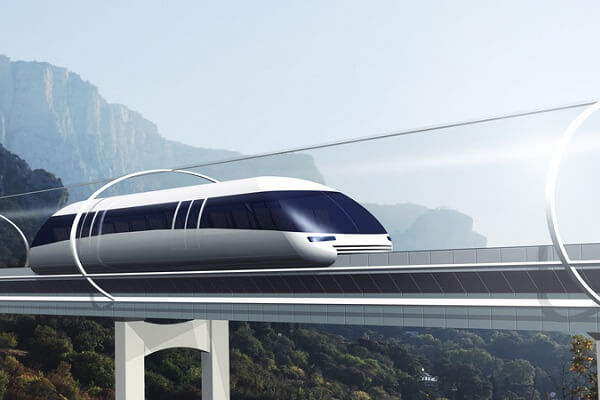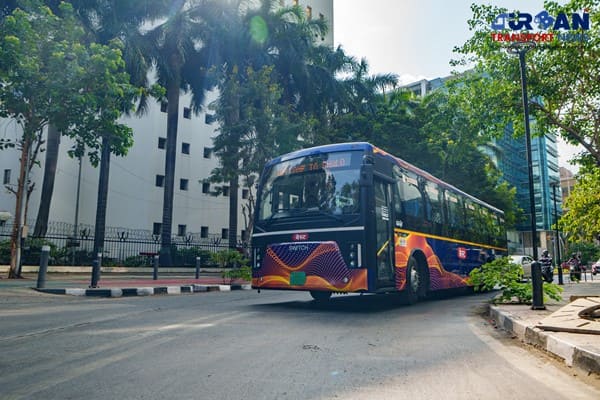 Chalo expands Fleet by 44 percent to meet soaring demand in Mumbai
Chalo expands Fleet by 44 percent to meet soaring demand in Mumbai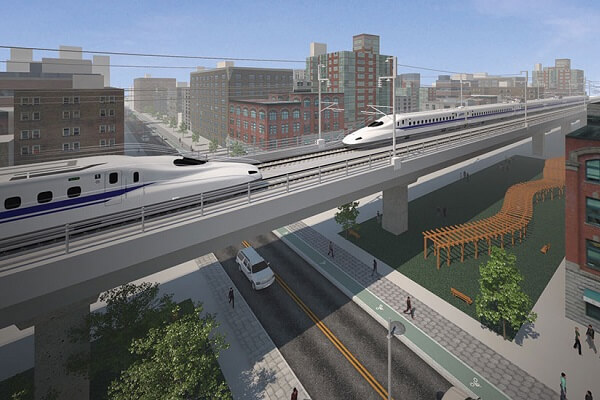 Japanese Firm Hitachi Eyes Asian Rail Markets in Race with China
Japanese Firm Hitachi Eyes Asian Rail Markets in Race with China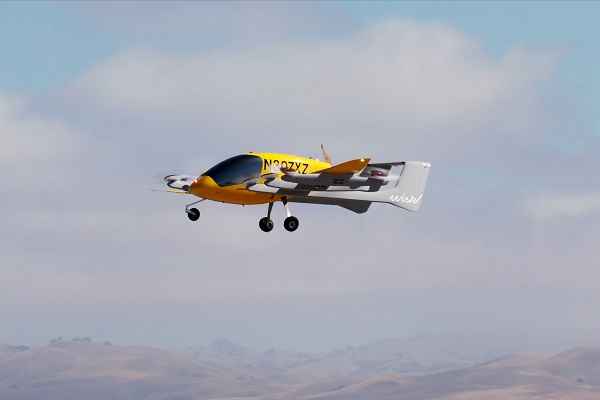 Flying Taxis in Chennai: A Glimpse into the Future of Urban Mobility
Flying Taxis in Chennai: A Glimpse into the Future of Urban Mobility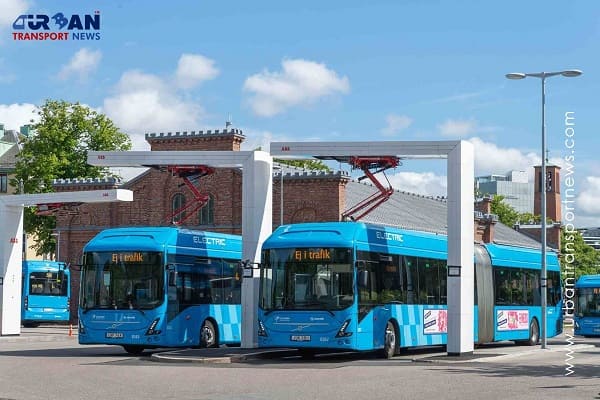 No Petrol, Diesel Vehicle Sales in India - Nitin Gadkari, Former Road & Transport Minister
No Petrol, Diesel Vehicle Sales in India - Nitin Gadkari, Former Road & Transport Minister EGIS-SYSTRA JV awarded contract to supervise High Speed Rail Project in Egypt
EGIS-SYSTRA JV awarded contract to supervise High Speed Rail Project in Egypt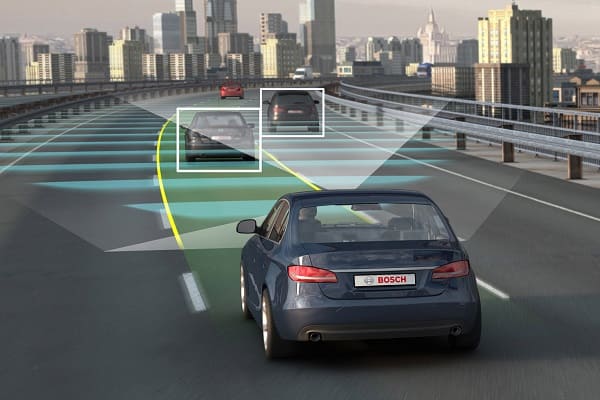 Navigating India's automotive future with connectivity and location intelligence
Navigating India's automotive future with connectivity and location intelligence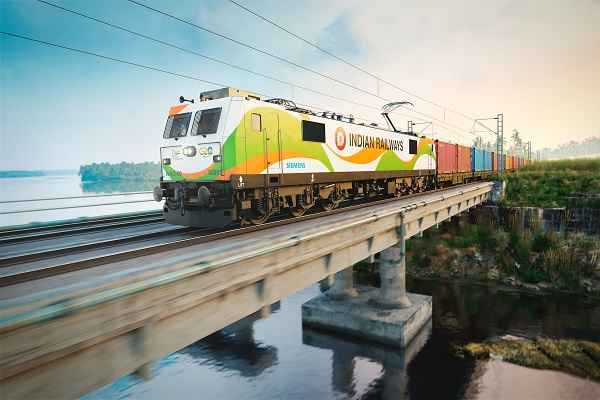 GSV signs strategic MoUs with NOKIA, Jacobs and Plasser India
GSV signs strategic MoUs with NOKIA, Jacobs and Plasser India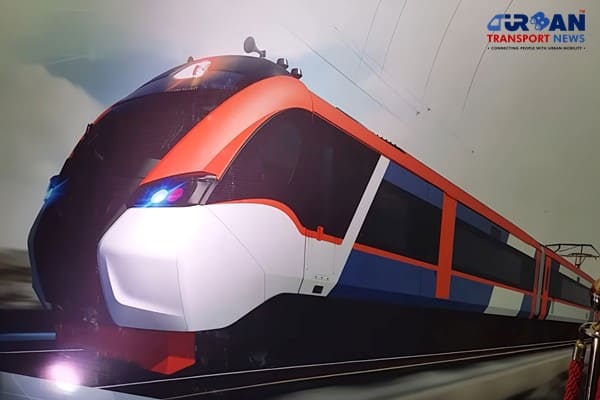 Indian Railways likely to launch first Sleeper Vande Bharat Train on Secunderabad-Pune Route
Indian Railways likely to launch first Sleeper Vande Bharat Train on Secunderabad-Pune Route EMV cards and EMV technology in Public Transport Ticketing
EMV cards and EMV technology in Public Transport Ticketing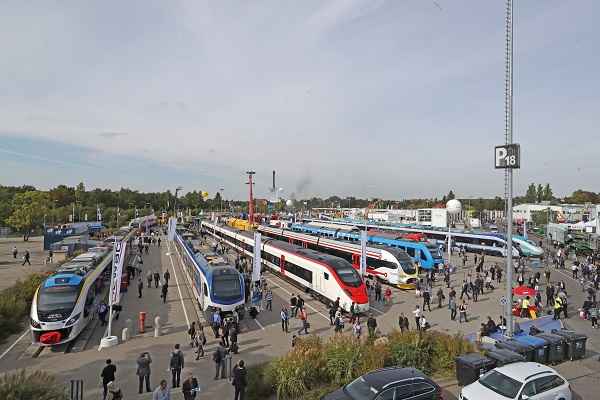 Hitachi Rail acquires Thales’ Ground Transportation Business for €1.66 Billion
Hitachi Rail acquires Thales’ Ground Transportation Business for €1.66 Billion
Exclusive Interview with Harj Dhaliwal, Chief Business & Capital Programmes Officer at Nevomo
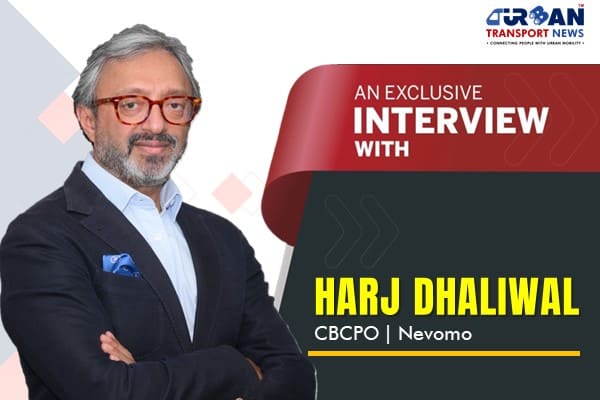
Harj Dhaliwal is a distinguished expert in transport technology and mega infrastructure projects, currently serving as the Chief Business and Capital Programmes Officer at Nevomo and the Chief Executive Officer at Genesis Urban. With an extensive career that spans multiple continents including the Middle East, India, the USA, and Europe, Harj has held pivotal roles in both public and private sectors. His expertise has been instrumental in delivering some of the world's most ambitious infrastructure initiatives. Notably, as the Programme Director for Etihad Rail, he successfully launched the first national heavy railway in the UAE and spearheaded the development of a groundbreaking hyperloop system. Harj's vast experience as a contractor, client, and consultant across diverse and complex environments has cemented his reputation as a leader in the field of transport innovation.
In an email interview with Urban Infra Group, Harj explains the future of high-speed rail and hyperloop technology, and how Nevomo's Magarail can bring a big change in the world of ultra-high-speed transportation systems.
Your career has spanned across various continents, leading and delivering some of the most challenging infrastructure initiatives. Could you share some key lessons you've learned throughout your journey?
From an overall perspective rail and metro projects can be technically challenging, I have always had the view that the team will find a solution. The art and complexity is understanding the political agenda, and maintaining the relationships with stakeholders and clients alike to ensure clear goals and objectives for the project. Ultimately as a leader my focus is always on delivering outcomes and the ability to understand these issues from differing perspectives is fundamental. You have to be a good listener, and advisor, but also be able to interpret and communicate at all levels to ensure progress. Ensuring the project and team remain focused on delivering the desired outcomes is key to success.
As someone deeply involved in both heavy and light rail projects, what do you see as the most significant challenges and opportunities in the rail sector today?
Both light and heavy rail systems face similar technical challenges and often coexist in shared spaces like corridors or passenger stations. However, light rail systems in urban centers are highly visible, impact daily life, and can evoke strong emotions.
Effective leadership involves understanding and addressing these issues, though many are left to consortia during construction. Balancing contractual requirements with public and community acceptance is crucial, necessitating strong stakeholder liaison teams and community relationships.
Heavy rail systems worldwide need upgrades, which are costly and disruptive to passengers. The rail industry must invest in and collaborate with technology providers to leverage emerging innovations like Nevomo’s Magrail Booster, moving beyond outdated doctrine and solutions.
With your experience in developing high-speed rail and hyperloop technologies, how do you envision these innovations shaping the future of transportation, particularly in urban mobility?
We are in an era where those regions without modern reliable access to transport infrastructure could now be considered at a future advantage and those with legacy systems at a large disadvantage. So, if we look at those regions with inadequate transport, technologies like eVTOL, drones, AVs and Hyperloop, will provide the ability to ‘’leapfrog’’ physical traditional linear infrastructure like roads and railways (which can take decades and billions to deliver) and provide e-commerce a new approach to untapped regions. The analogy here is to look at how India ‘’leapfrogged’’ land-based communications and went straight to mobile data and comms.
The future to unlock economic opportunities and growth in new emerging economies with smart, secure, integration and use of transport technologies will produce a paradigm shift in how will plan our transport systems, and cities, impacting how we travel and deliver goods in the future.
Now those economies or regions that have legacy systems require capacity, upgrades, and modernization to meet growth. India by 2050 will have 68% of its lines over 100% according to its National Rail Plan, but upgrading without disruption to services is highly complex and expensive causing projects to overrun on cost and face significant delays resulting in political turmoil as is the case with HS2 in the UK.
I firmly believe that innovation and technologies like our Magrail Booster solution Nevomo can provide a viable alternative to traditional upgrade solutions as the technology retrofits into the existing track infrastructure and at a very low cost, can increase line speeds of slow freight trains on inclines and at bottlenecks and, in freight yards and terminals, remove the need for shunting locos and automate many of the movements to drive efficiency.
Our estimates inform us that the strategic use of our technology can in the case of ports significantly increase throughput capacity by at least 20% and inter-terminal shunting movements in some cases by upto100%. That’s notwithstanding the fact that with the use of electric power, the technology will contribute significantly to the decarbonization of ports.
With respect to ultra-highspeed travel like the hyperloop, I believe the whole question around how we plan and develop our cities will become questionable. Imagine inventories could be reduced to hours rather than minutes, no longer will manufacturers be compelled to be close to customers or locate in expensive dense city centers but could be located closer to where natural maybe in an abundance eliminating unnecessary transport and maybe this could then create a more thriving and balanced distribution of opportunity and wealth and reduce the need for economic migration.
The use of technology in infrastructure is rapidly evolving. How do you believe these advancements will impact the way people commute and travel in the coming years?
Ultimately when time and distance are not a barrier the way we live our lives will change forever. The ability to create mega-economic regions and the associated agglomeration impacts will be a win-win for all. The key is to look at how all the new and existing modes are integrated and ultimately we may see a world where you will be able to just turn up and go from your door to your destination hundreds of miles away and in minutes rather than hours or days i.e. Av’s Buses, Metros, eVTOl, catering for the shorter urban journeys with multi-model hubs connected to hyperloop systems that transport fast and efficiently for the long distances.
The end game is to give time back to passengers enabling them to do more of what they want to do. Creating more time to be with friends, family, and loved ones is priceless!
Collaboration and partnerships are essential in delivering successful transportation projects. Can you discuss some strategies you've employed to foster effective partnerships and alliances in your previous roles?
There are many types of collaborations each with differing drivers and I think the key one is being open and transparent. When I was the Director for Infrastructure Delivery and West Northamptonshire Development Corporation, I remember all our Board meetings were held in public with the press, public, and local politicians all in attendance. That to me is the ultimate form of decision-making when impacting people communities and places.
As the Programme Director for Etihad Rail, you played a pivotal role in delivering the first national heavy railway in the UAE. What were some of the key challenges you encountered, and how did you overcome them?
Etihad Rail was a major career achievement! On many fronts. This was the first heavy haul railway in the UAE and we designed, delivered and put into commercial operation 268km of brand new railway including three loading and unloading facilities and a brand new Operations Control Centre in 4 years including the O&M workshops. All delivered in one of the most inhospitable places on Earth, located in Abu Dhabi’s aptly named “Empty Quarter” where in summer the temperatures exceed 60 degrees. The key to this project was cost and schedule and to this end, the decision was made very early on that we would not import concrete sleepers but to build our own manufacturing plant in the desert enabling us to control quality, production, and transport eliminating supply chain issues. The other complex area was the first project in the Middle East where the new European Train Control System Level 2 was deployed for the first time adding to the technical complexity. However, the most obvious issue was the drifting sand in areas where dunes were 80m high. The strategy for sand mitigation was a unique solution where we worked with nature and advanced technology to develop a low-maintenance solution (removing the need for sand fences and vegetation) using shallow hard coated embankment slopes on the prevailing windward side and ditches on the opposite leeward side. The design was developed using CFD modeling and wind tunnel testing and verified with full trials on-site prior to formal approval and adoption. Time has now proven that this solution has been a very effective mitigation answer to this problem.
In your current roles as Chief Executive Officer of Genesis Urban and Chief Business and Capital Programmes Officer at Nevomo, what are your main priorities and objectives in shaping the future of transportation technology?
My role now is to work closely with Nevomo where I am the Chief Business and Capital Programmes Officer to develop and commercialise new emerging technologies in rail like our Magrail Booster. I still retain involvement with drones for precision last-mile delivery and eVTOL but the priority is to focus on Nevomo and identify use cases and pilot projects around the world. It means I am working with amazing individuals and technologies not constrained by legacy doctrine or thinking.
Given the rapid pace of technological advancements, how do you stay informed and adapt to new developments in the transportation industry?
I attend many trade shows and get requests to speak at conferences which enables me to constantly meet individuals who have changed or are about to change mobility. But I am constantly reading and catching up, especially when I’m travelling. The world of mobility has never been more exciting than it is right now!





